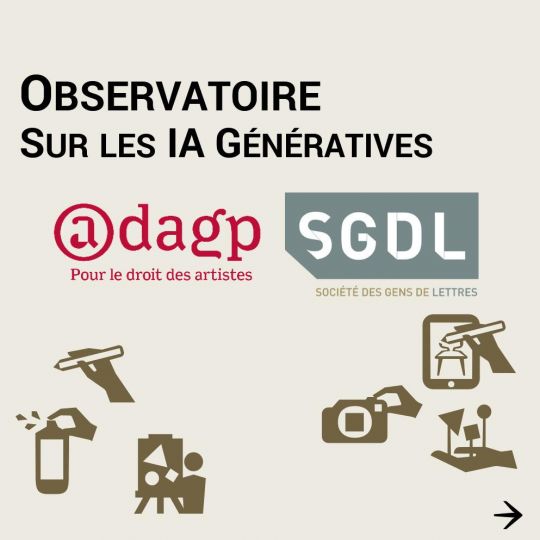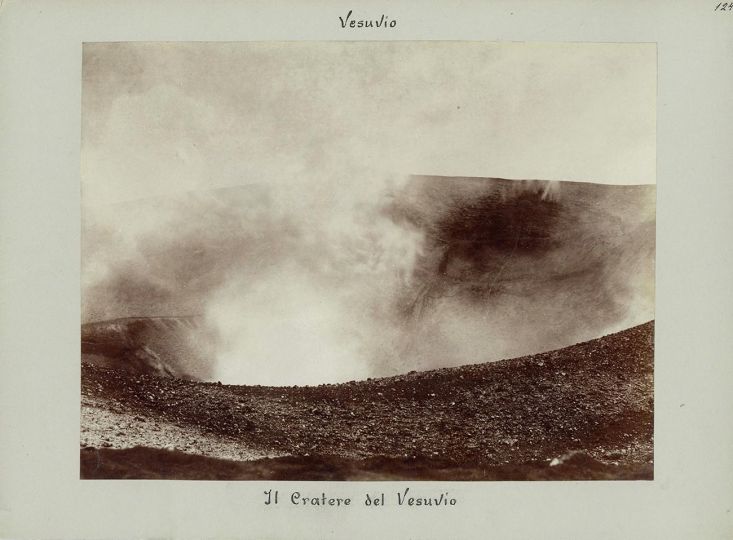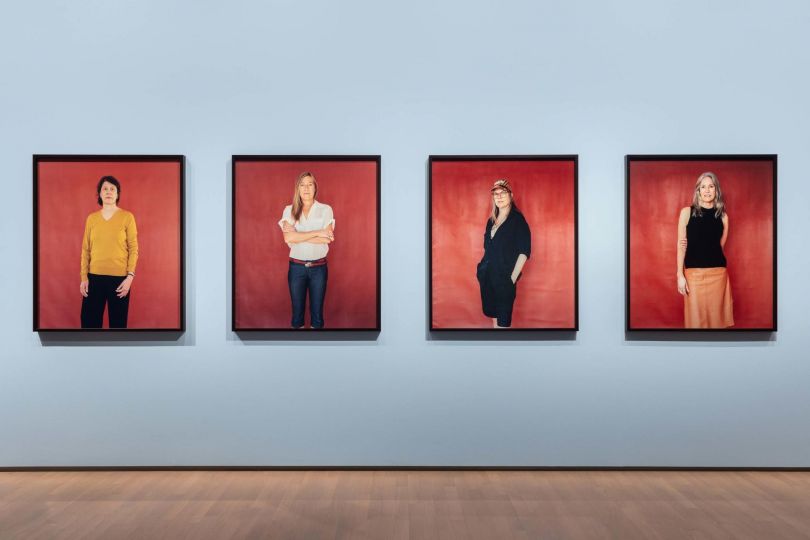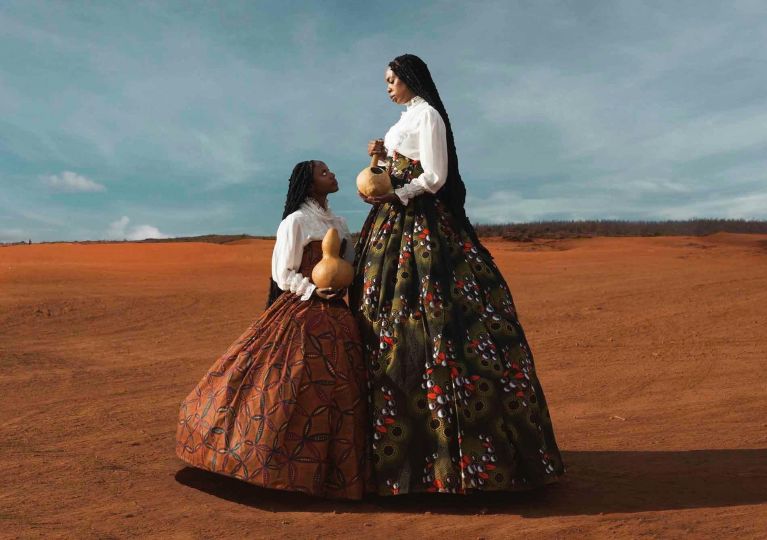In an era where images keep moving rapidly across constantly evolving platforms, copyright is a vital concern for photographers. But how can they protect their work? How can they ensure that their rights are respected? And what are those rights in the first place? With the ADAGP’s fall campaign of rights distribution to its artist members, here’s an overview of photographers’ rights and how to secure fair compensation for their work.
Understanding Copyright in Photography
Though often misunderstood, copyright are at the heart of a photographer’s work and rest on two pillars: moral rights and economic rights. Moral rights protect the integrity of the work, while economic rights allow photographers to control how their images are used and receive compensation.
Every photographer enjoys inalienable moral rights, which cannot be sold or transferred. These rights protect the image and the inseparable bond with its creator. Among these is the right for the respect of the integrity of the work, which means photographers can oppose any modification, distortion, or alteration that might impair their photographs. Another aspect is the right of attribution, ensuring the photographer’s name accompanies any use of their image.
Economic Rights: A Key to Compensation
Economic rights form the foundation of photographers’ compensation by giving them control over the reproduction and distribution of their images. These rights include the right for reproduction (such as in books, newspapers, postcards, etc.), the representation rights (display on a website, for instance), the resale royalty right (allowing the author to receive a percentage of the resale price of their works when sold through an art dealer), and collective rights, which cover certain uses that are too widespread or impractical for individual management.
These rights can be licensed (for a specific duration, location, or type of distribution) to third parties, allowing photographers to negotiate. Stéphanie de Roquefeuil of the Union of Professional Photographers (UPP) reminds us on ellesfontla.culture.gouv.fr that “for most photographers, this right is their main source of income. […] It’s common to hear clients claim that you should give rights for free because ‘it will give you visibility.’ Reject this argument immediately. Resist. Your work has value.”
Delegating Rights Management to Ensure Compliance
Managing the uses of their work and the associated copyrights is essential for photographers to earn revenue from their photos. This is where collective rights organizations (OGCs) like ADAGP play a crucial role, acting as intermediaries to centralize rights management and monitor the use of photographs.
By joining ADAGP and declaring their publications, photographers ensure that every usage of their photos, even internationally, is accounted for and compensated. As of May 31, 2024, ADAGP has established agreements with 332 cultural institutions, 88 press outlets, and nearly 300 television broadcasters in France and internationally through a network of 55 international copyright societies.
One of the main reasons photographers work with an OGC like ADAGP—especially those represented by agencies managing their reproduction and representation rights—is to receive collective rights revenue. This covers indirect or derivative uses where individual rights management is impractical: reprography (photocopying), public lending rights in libraries, cable, satellite, and ADSL retransmissions (television programs), private copy remuneration (public photos of works in exhibitions, screenshots, etc.), and educational uses.
Photographers can entrust ADAGP with the full management of their economic rights (reproduction and representation rights, collective rights, and resale royalty) or only their collective rights.
Joining ADAGP (with a one-time membership fee of €15.24) allows photographers to hand over copyright management to professionals, benefit from support programs (grants, residencies, awards), and gain access to legal advice and professional training workshops.
Plus d’informations :

























